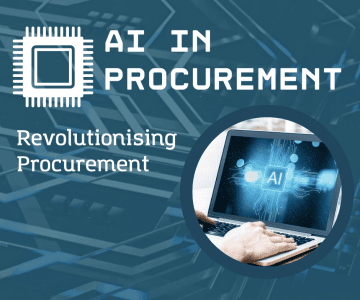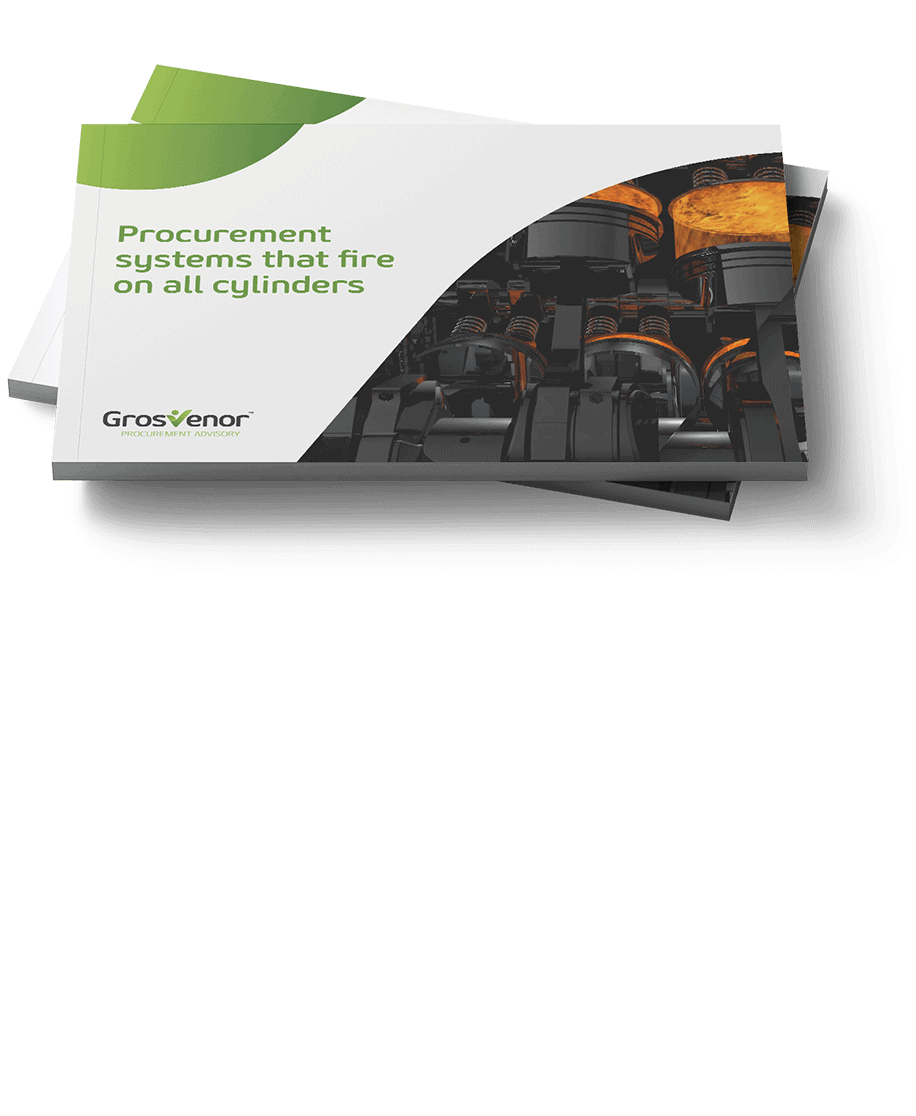Choosing a suitable eProcurement system: What others had to learn the hard way

Unfortunately not all procurement teams get to enjoy full benefits from their technology solutions. Why is that?
More often than not it is because either the end-users, the suppliers or the procurement team themselves have been forgotten when choosing and implementing a system or because not everyone was on the same page when the solution was designed.
To avoid this:
- Be specific about why you are buying the solution. This includes everyone in your business is on the same page about why it is important to have a procurement system in place
- Procurement must lead the charge for S2C. If Finance or IT are implementing a new system that’s great – but it surely won’t be fit for purpose for your procurement team. Sure they are important stakeholders but procurement needs to own the selection, design and change processes
- Do an honest assessment of your readiness for implementing a system. Once the technology partner is selected, they want to start implementation and will come with hundreds of questions. Successful implementations have done their homework upfront, invested in a gap analysis and closed these gaps before the system implementation starts
- Do not replicate ‘as-is’ processes and approaches into the new system environment. Redesign processes first and then implement the system. If it is done the other way around, you will actually never get to the process improvement stage (as other prioritises will have taken over)
- Focus on the selection of the best ‘solution’, not just the best software. This means heavily weighting the options available for a systems implementation partner and setting up the right change management processes from day one. The technology is very commoditised, and most systems can achieve what the client needs. The true success is in selecting the right change management partner
- Think of the long-term. The new system will require support, from an internal team as well as an external service provider. Who will deliver ongoing training? Who will answer the phone when a new user needs to be created? Who will drive a technology roadmap and implement upgrades?
- Select partners who understand your industry and regulatory environment, but also have a high cultural fit with your team. It is important that they bring procurement expertise within your main categories of spend – systems for manufacturing businesses look very different to those of government departments or financial services companies who mainly buy complex services
- Always design a solution to delight users and suppliers. This will ensure that the solution is embraced and used (which is critical in achieving the targeted benefits)
- Clearly articulate how the system will interface with other systems and how data will be transferred between systems. This includes how much integration is absolutely required. Every interface will make implementation more costly, take extra time and heavily increase the complexity of the solution so that later upgrades/updates cannot be as easily rolled out
- Do not specify the solution into its last detail. In your design articulate business outcomes that are targeted instead of detailed functional specifications that span dozens of pages
- Do not forget that this project needs to be accompanied by a capability uplift in staff and suppliers to get the most of the new system.








